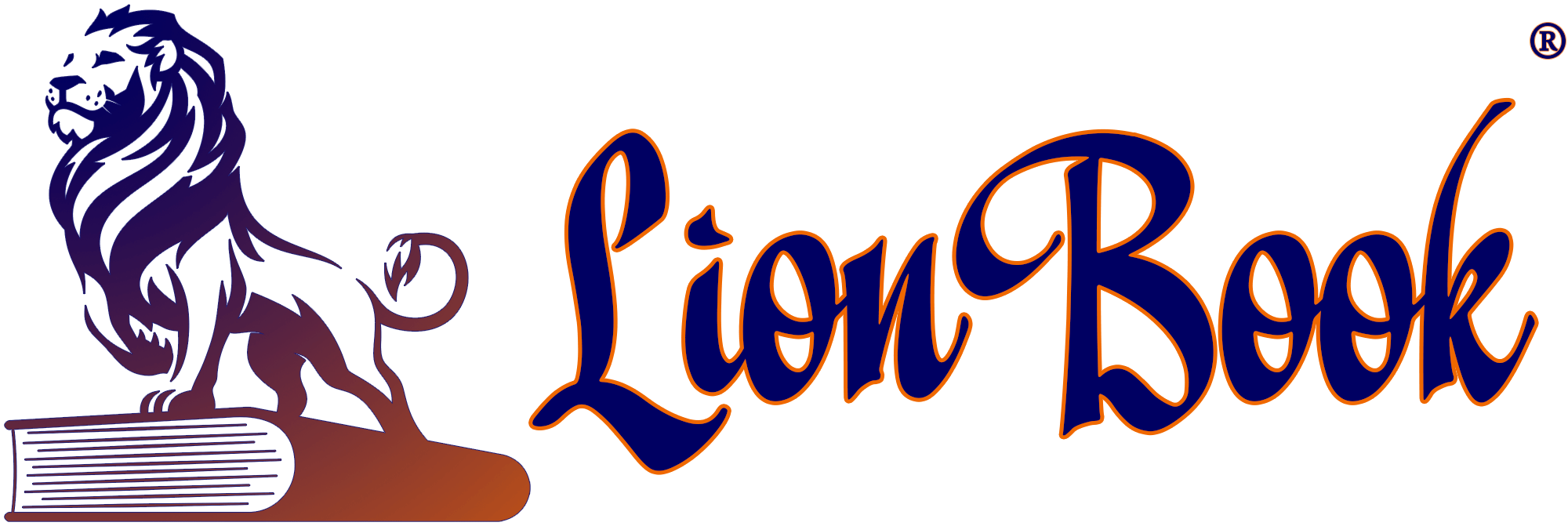Cultivation of semiconductor heterostructures with quantum dots In. As/Ga. As by the GPE MOS method: Description of laboratory work
 Instant download
Instant download
after payment (24/7)
 Wide range of formats
Wide range of formats
(for all gadgets)
 Full book
Full book
(including for Apple and Android)
The growing of semiconductor heterostructures with quantum dots In. As/Ga. As by the method of GFE MOS: Description of laboratory work”, created by the team of authors, is a unique and practical guide in the world of advanced semiconductor engineering technologies . This book is a real find for students, graduate students, engineers and researchers who seek to deepen their knowledge in the field of nanotechnology, quantum structures and methods of their cultivation. It reveals the complex processes of creating heterostructures with quantum dots based on In. As/Ga. As, using the method of heterostructural cultivation with the help of MOS (method of molecular-beam epitaxy), and focuses on the practical aspect - laboratory work that helps to understand all the subtleties and nuances of this modern technological process. In the pages of this book, the reader is immersed in the exciting world of semiconductor structures, where each stage of cultivation is an art and a science at the same time. The author's team describes in detail the theoretical foundations that underlie the method of GFE MOS, and also shares practical recommendations for the preparation of equipment, parameter setting and quality control of cultivation. Special attention is paid to the creation and management of quantum dots In. As within heterostructures Ga. As, which makes the book a valuable resource for those who are engaged in the study of quantum effects and their application in modern devices - from lasers to quantum computers This book is especially suitable for senior students, graduate students and young scientists who are looking for a practical guide to growing complex nanostructures. It will also be of interest to engineers and specialists working in the field of semiconductor technologies and microelectronics, seeking to expand their knowledge of modern methods of production and quality control of heterostructures. For those interested in nanotechnologies, quantum dots and methods of their synthesis, the book will become a valuable source of information and a practical tool. The peculiarity of this work is the combination of theoretical foundations with specific laboratory recommendations, which makes it especially useful for self-practice and training. The author’s team, which has extensive experience in the field of growing semiconductor structures, shares not only knowledge, but also the secrets of successful experiments, which allows the reader to avoid common mistakes and achieve high quality of grown samples. The book discusses in detail the optimization of growing conditions, analysis of the resulting structures and their characteristics, which makes it an indispensable assistant for those who want to become a professional in the field of nanotechnology. The style of presentation is clear and accessible, which allows even beginners to easily understand complex technical aspects. At the same time, the book is saturated with technical details and practical advice, which makes it a valuable resource for experienced professionals. In General, "The cultivation of semiconductor heterostructures with quantum dots In. As/Ga. As a method of GFE MOS: Description of laboratory work” is not just a textbook, but a real guide to modern technologies that will inspire you to new discoveries and professional growth in the field of nanotechnology and microelectronics. If you are looking for a book that will help you understand how nanostructures are created using advanced methods, and want to master the practical skills of growing quantum dots, this work will become an indispensable assistant for you. It deservedly ranks among the best educational and scientific publications on semiconductor technologies, expanding the horizons of knowledge and opening up new opportunities for research and development of innovative devices.
LF/239364963/R
Data sheet
- Name of the Author
- Collective of authors
- Language
- Russian
- Release date
- 2001























